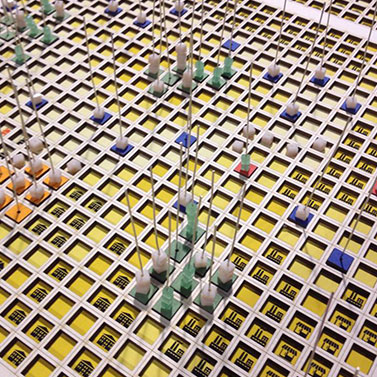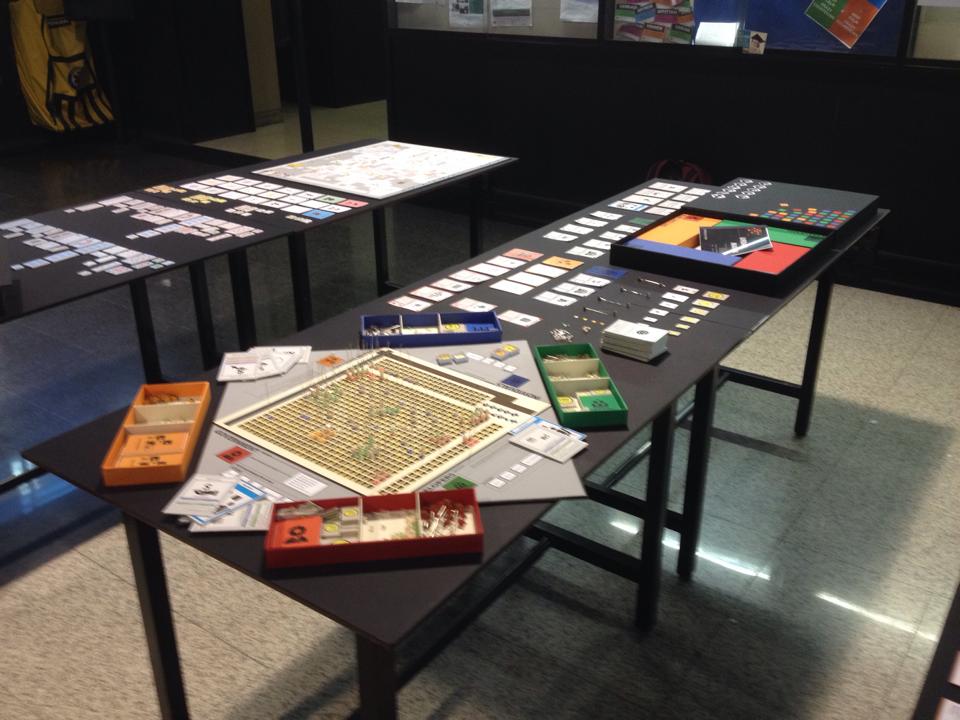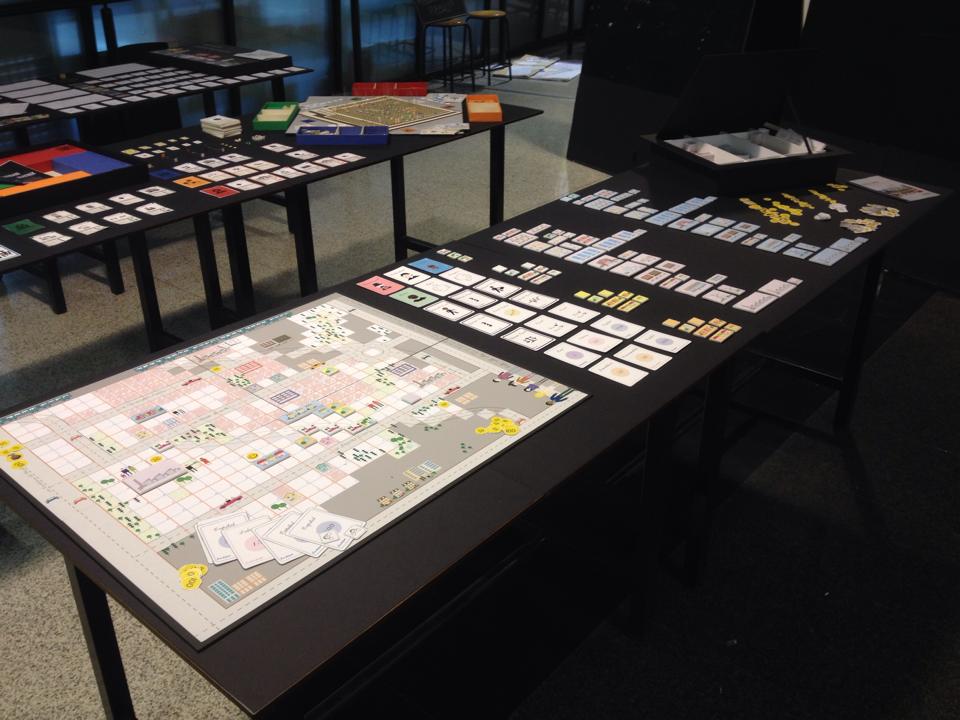MIAW 2015
“MULTIPLAYER CITY”
Workshop en la Milano International Architectural Week
Milan, 23rd February-3rd March, 2015
Invited by the Politecnico di Milano, we have conducted an intensive urban projects workshop with an international group of students from the Master in Urban Planning and Policy Design.
We have developed an urban reflexion about the area around Via Angelo Brunetti, northwest of Milan, understanding its development as an intense negotiation between the different agents implicated in the city production. Thus we decided to work on a GAME format, trying to describe mainly the negotiation itself, and not its possible results.
Visiting Professor: Luis Basabe Montalvo
Inviting Professor: Bertrando Bonfantini
Teaching Assistants: Leonora Grcheva, Sean Yam

TEAM 01:
Reyhaneh Akhond Lu Lu Kristina Nikolovska Jingzhu Ou Ana Celina Rubio
TEAM 02
Albina Davletshina Esther Deyanara Feiran Huang Diego Manuel Monroy Lancheros Chang Xu
TEAM 03
Mingyuan Chen Seyedeh Elaheh Hendi Mariia Kapitonova Victor Osei Kwadwo Daniel Felipe Sáenz Lozano
A continuación el enunciado del workshop:
01. WHO MAKES THE CITY?
The production of contemporary urbanity does not respond anymore to a single social project, as it did for instance to the middle class system during modernity. It has reached huge levels of complexity, both quantitative and qualitative, and can now only be understood as an open-end negotiation, in which many different interests converge and diverge in a continuous transformation.
The city becomes somehow a battlefield, in which different factions of capital, politics and institutions spatialize their power projects, but also in which even disempowered citizenship and democracy have a chance to flourish.
Architecture is not only the product of all these social interactions; it produces also their spatial support.
The role of planners and architects is therefore crucial, and they assume somehow the responsibility to include as many stakeholders as possible into the urban negotiation. A broad participation of different actors in this table is a sine qua non condition for the city’s democratic character.
02. GAMEBOARDS: TOWARDS NEW ARCHITECTURAL NARRATIVES
In this context, architecture has to rethink its object, its role and very especially its tools.
In fact, the conventional apparatus of urban planning and design appears as highly inadequate to deal with such a complex system. Product and object oriented, it fails to describe a reality, which has much more to do with processes than with results.
We need new tools, able to describe and transform the production rather than the products, and the processes rather than the objects. We need new models, able to represent the different actors’ visions and interests, and to manage their intense negotiations on the urban arena.
The instrumental question should build this workshop’s axis: How can we represent a complex urban transformation as a negotiation? How can we bring diverse actors’ visions/projects into an integrated architectural language? How can we generate tools not only to describe, but also to manage the transformation processes, rather than their material results?
03. VIA BRUNETTI – THE GAME
The Via Brunetti Area in Milan’s North West will be the case study for these –and many other- questions. It is a highly interesting strategic enclave that shows itself as a huge game board for extremely different actors and transformation scales, going from productive facilities to real estate potentials, and from big infrastructures to marginal squatters.
This workshop is NOT about designing how the via Brunetti Area should look like. On the contrary, the task will be to develop a tool to describe and play the area’s negotiated transformation, as an open-end process of different and even diverging interests and visions.
For that, we will describe a development’s proposal for Via Brunetti’s area in the form of a GAME.
The workshop’s output should be a ludic but accurate representation of an urban development. It will thematize the negotiation itself, and will be able to describe very different realities –values, topologies, actors, actions, contexts, etc.- with different tools within a single operational framework. It will be able to describe a its transformation process without defining its result, and focusing on the question “who makes the city?”.
04. WORKSHOP’S STRUCTURE
The workshop will be structured in three parts:
A. THE URBAN ACTORS
The area’s potentials will be explored in groups. Each of them will be approaching the topic and the study area from the point of view of a different urban actor:
+ citizenship
+ cooperative organizations
+ private developers
+ public institutions
The questions to state should be something like: How can X transform the area? Which is X’s interest, and X’s expected benefit from the area’s transformation? Which is X’s economic, spatial and temporal scale of intervention? Which transformation technologies does X have access to?
B. THE GAME – MODELLING OF AN URBAN TRANSFORMATION PROCESS
The area’s transformation will be modelled in groups, with a game format. This means mainly that:
+ the negotiation between the different actors should be the main represented topic.
+ there should be a rich but integrated set of different narrative tools.
+ time and process will be essential issues, and will be present in the model.
+ of course there should be a proposal for the transformation, but always understood as a negotiated process.
The games-models will be generated in groups, and should manage to describe the proposed urban mutations with a limited amount of complexity. The precise format (e.g. board game, video game, card game) remains intendedly open, in order to reach a broad range of results.
C. ADDED COMPLEXITY AND POSTPRODUCTION
Although the ludic character is a game’s essential element, this work is primarily about finding operative narratives for the complex relations that build the city. The entertainment value should therefore be subordinated to the model’s capability to integrate depth and layers of complexity.
The workshop’s third part will therefore focus on:
A. Increase the model’s complexity, adding variables and refining the existing ones.
B. Professional-level production of the corresponding materials, including CI, packaging, etc.








